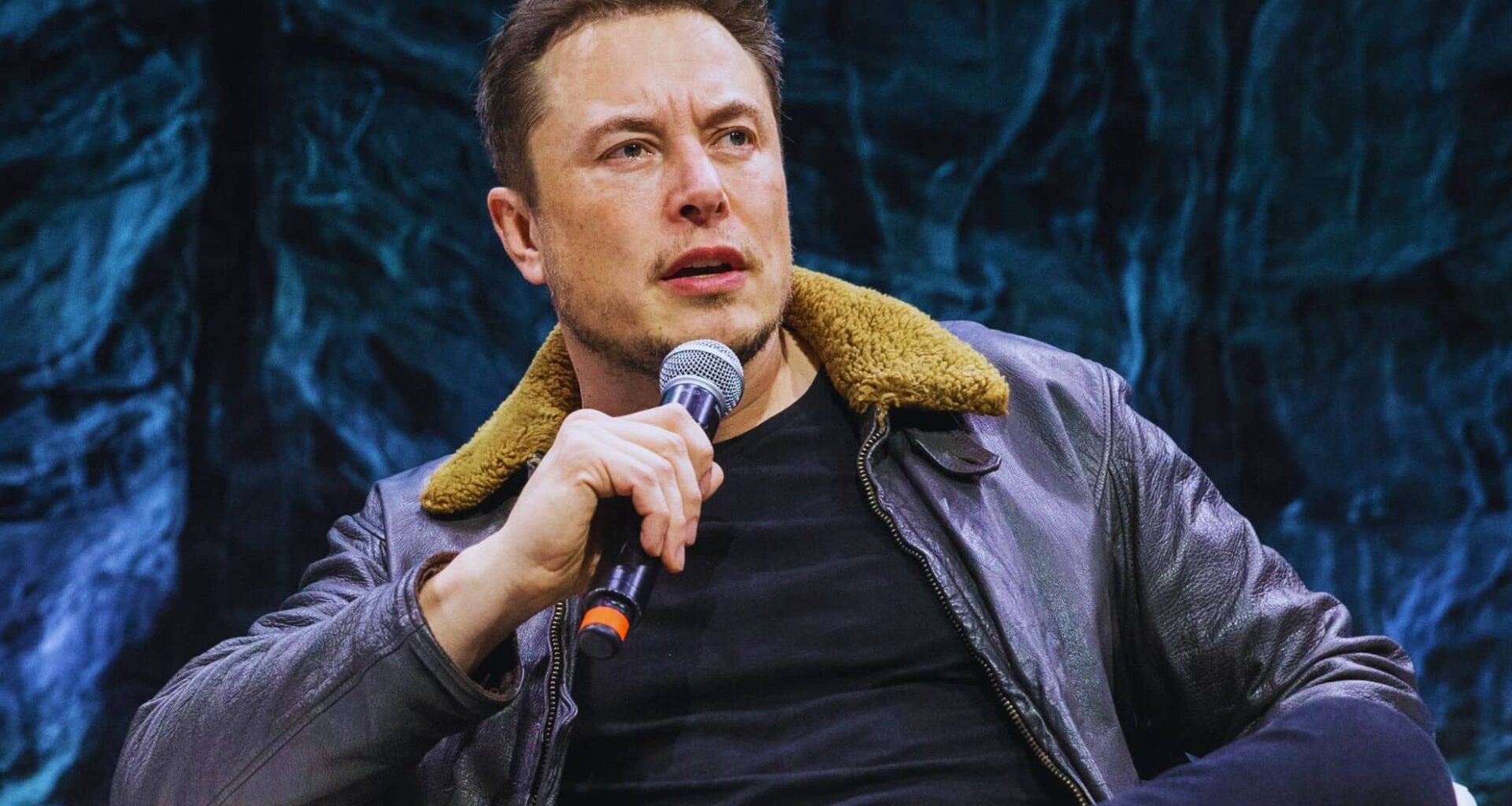When Elon Musk laid out his dream of space connectivity and human expansion beyond Earth more than two decades ago, few took him seriously. Today, much of what he forecasted has materialized through the dramatic rise of SpaceX and Starlink.
Starlink Is Reshaping Global Communication
In 2003, during a talk at Stanford University, Musk described an ambitious plan to provide the internet across the globe using satellites in low Earth orbit. That idea, once dismissed as overly optimistic, became a reality with the launch of Starlink in 2015.
By May 2019, the first 60 satellites went up. As of 2025, more than 6,200 Starlink satellites are now in orbit, and the system serves over 4.7 million users across 70+ countries. The most significant leap came in 2023, when Starlink enabled direct smartphone connectivity via 4G. This allowed users to connect without relying on ground-based infrastructure — a shift that has disrupted telecom markets, especially in parts of Africa and Asia, where traditional networks are unreliable or absent.
In early 2025, Starlink began rolling out Gen3 mini-satellites with 5G compatibility, allowing for both voice and data services directly to phones — a capability now being tested in disaster relief zones and remote military deployments.
Reusable Rockets Changed the Launch Game
While Starlink grabs headlines for its impact on Earth, SpaceX’s deeper revolution is happening off-world. Since its founding in 2002, the company has pushed reusable launch systems into the mainstream. The Falcon 9, first launched in 2010, became the first commercial rocket capable of vertical landing and reuse.
The next generation, Starship, is designed for much more ambitious goals: hauling humans and heavy cargo to the Moon and Mars. By mid-2025, four Starship test flights have been completed, with the most recent achieving partial orbital velocity and booster recovery using the Mechazilla system.
This is a major step toward high-frequency missions, laying the groundwork for NASA’s Artemis III, which is still targeting late 2026. SpaceX will also conduct a cargo drop test to the Moon’s south pole in early 2026 as a precursor to that crewed mission.
Partnering With NASA and Planning for Mars
SpaceX’s ambitions don’t exist in a vacuum. The company is now a central player in NASA’s Artemis program. Under the current agreement, SpaceX will supply a modified Starship lunar lander to bring astronauts back to the Moon — the first crewed landing in over 50 years.
In January 2025, SpaceX completed final lab testing of its electrodynamic dust shield — a key piece of technology designed to prevent lunar machinery from being damaged by sharp Moon dust. The first on-site trial is scheduled for January 2026.
Meanwhile, development of Mars-bound hardware continues in the background. Though no launch dates have been set, SpaceX has publicly reaffirmed that Starship remains central to its multiplanetary vision, and future iterations are already being designed with Mars in mind.
Political Power Could Tilt the Scales — for Better or Worse
In a move that adds an entirely new dimension to Musk’s influence, the SpaceX and Tesla CEO was appointed earlier this year to lead the Department of Government Efficiency (DOGE) — a new federal agency created under the Trump administration in February 2025.
DOGE has since streamlined FCC licensing for satellites and fast-tracked NASA and DoD procurement contracts. While critics question the ethical implications of this dual role, others argue that Musk’s involvement has dramatically accelerated US space infrastructure efforts.
Proponents say the agency has cut through red tape. Detractors warn of blurred lines between federal oversight and private enterprise, especially given SpaceX’s dominance in satellite launches and global communications.
